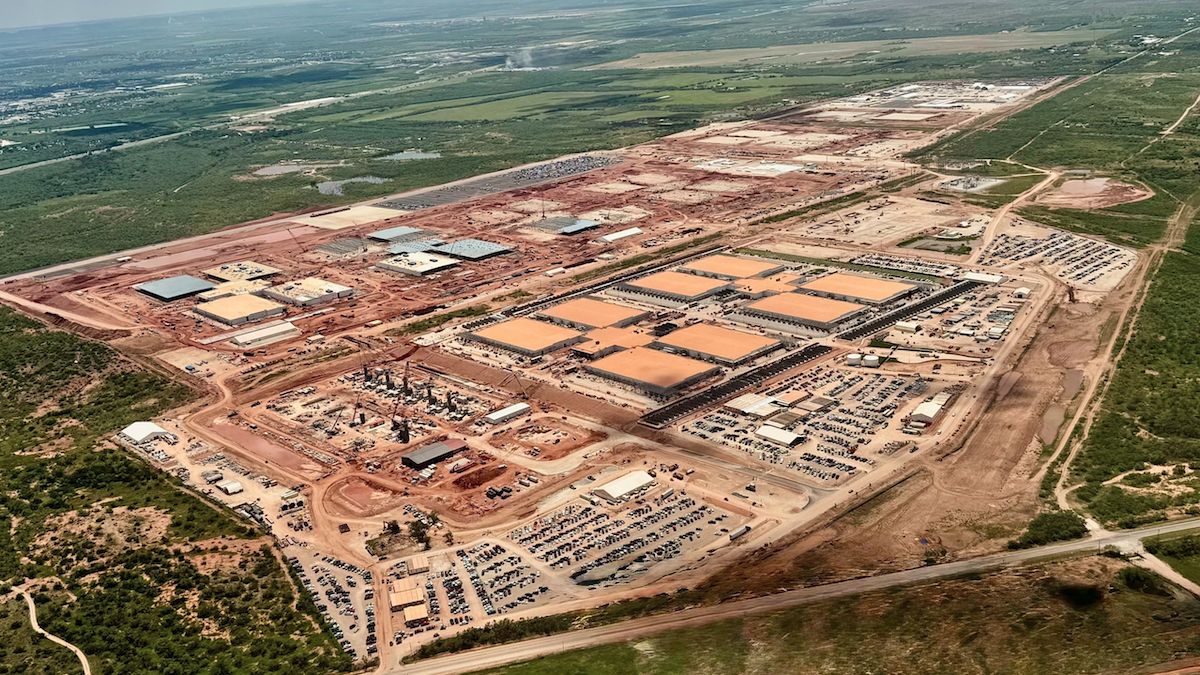Introduction
AI spending is accelerating investments in data centers, chips and infrastructure, producing tangible effects on the real economy.
Brief summary: companies and investors are pouring hundreds of billions into AI infrastructure — data centers, semiconductor plants and power systems — and that capital flow is already supporting measured economic growth, albeit with notable risks. Source: The New York Times (The New York Times).
Context: how AI spending is propping up the economy
Quick definition: AI spending refers to investments in data centers, hardware and power systems required to run large AI models.
Estimates show global AI infrastructure spending of about $375 billion in 2025, rising toward $500 billion the following year according to UBS. Brookfield projects roughly $7 trillion absorbed over the next decade. U.S. Commerce Department data indicate that software and computer equipment investment accounted for a significant share of recent GDP growth.
- Direct investments: data centers, semiconductors, power supply
- Main financiers: big tech firms and private equity
- Construction impact: data center construction now exceeds traditional office building investment
"The expectations of very high returns in this industry are trumping the high interest rates that we are facing today."
Eugenio Alemán, Chief Economist / Raymond James
The problem / challenges
Quick definition: the central risk is that many AI tools are not yet profitable, so projected returns may not materialize.
Current spending is driven by expectations of future returns; if AI products fail to generate sufficient cash flow, a large correction in valuations and investment could follow. Official statistics may undercount the full impact because some large firms internalize hardware and semiconductor investments.
Conclusion
AI spending is already producing measurable effects on the real economy through construction demand, equipment purchases and services. The scale and persistence of this impact will depend on whether AI products become profitable and deliver the promised returns.
FAQ
Quick definition: concise answers to common questions about AI spending and its economic effects.
- Is AI spending really propping up economic growth? Yes: investments in AI infrastructure are contributing to measured growth, particularly in construction and equipment sectors.
- How much will companies invest in AI infrastructure in 2025? UBS estimates about $375 billion in 2025, with higher projections for 2026.
- Which sectors benefit from AI spending? Data centers, semiconductor manufacturers, power suppliers and construction firms benefit most.
- Does AI spending pose risks to financial markets? Yes: unmet return expectations could trigger significant corrections in investment and valuations.
- Who is funding most AI spending? Large tech companies, private equity and real-asset investors like Brookfield are primary funders.
- Does AI spending create local jobs? Short-term job gains occur in construction and infrastructure support, while long-term employment effects depend on commercial AI uptake.
